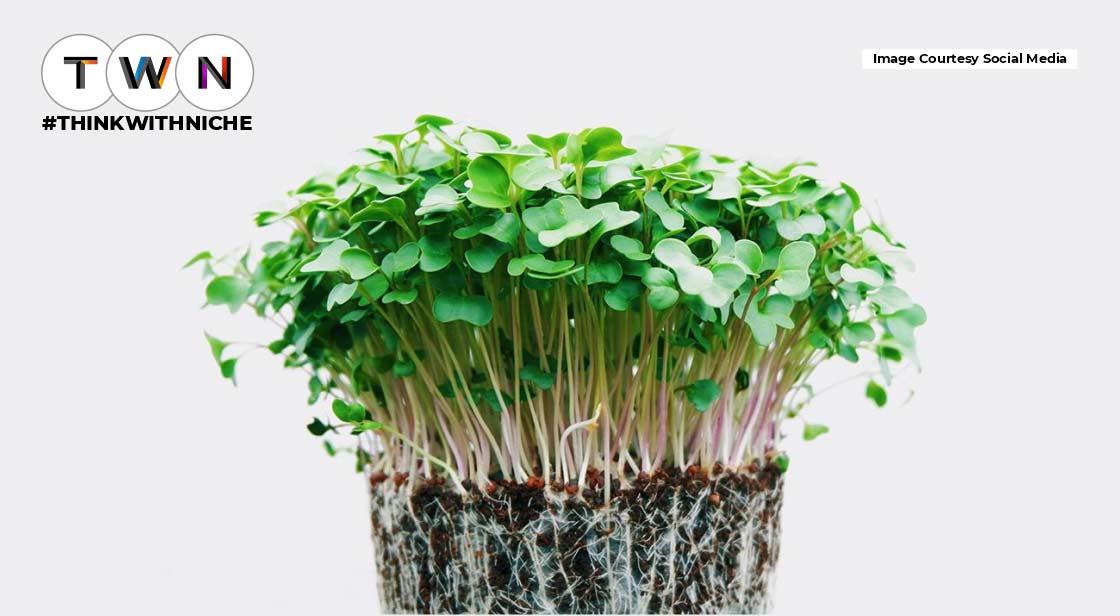
Farming can produce significant earnings if you are aware about the crops to grow and focus on the Most Profitable Crops. You may earn a sustainable income from farming, no matter how little or large your operation is, whether you have a greenhouse or a farm with several acres.
What is a Cash Crop?
A cash crop is one that can be farmed for monetary gain. The farm then sells these cash crops, also known as profit crops, to third parties such as customers (B2C) or other enterprises that sell or cook in their shop (B2B).
Do you know which plants are the most profitable to produce and sell? What Factors Influence Crop Profitability?
You can boost your profits by conducting research and ensuring that your crops are:
It can be grown quickly (from seed to harvest)
Has high demand
High yields
It can be used in multiple ways (so that you don't lose sight of one buyer if an industry is struggling)
It can be grown all year
Seeds cost
Maintenance costs
Crop yield doesn't take up much space so you can fit more
Your profit will be determined by whether you sell to customers directly (retail price) or to businesses (wholesale pricing).
Keep in mind that prospective revenue projections exclude overhead and operating expenditures.
12 Most Profitable Crops For Small Farms:
The following is a list of the most profitable crops, categorized by category. Each category represents the crop group that that crop belongs to. Each crop is listed below, along with an estimate of its expected revenue. The predicted revenue is based on the agricultural output for each crop.
1. Lavender
Lavender has the potential to be one of the most profitable cash crops. Lavender is a valuable cash crop due to its numerous applications and revenue streams. It can be utilized in aromatherapy, floral arrangements, cuisine, and a variety of other applications.
From seed to harvest, lavender takes about three years to fully mature.
Lavender Revenue:
Lavender bunches can be sold for $6-$13 depending on the end buyer. A single acre may produce 12,000 lavender bunches, which are worth $6-$13 each depending on who the buyer is.
2. Saffron
Saffron is the most costly culinary herb in terms of weight, costing more than $500 per ounce. It is mostly used as a flavour and coloring element in cooking. From seed to harvest, it takes eight weeks.
Saffron Revenue
Saffron costs between $10 and $20 per gram, or $5,000 and $10,000 per kilogram. An acre of field-grown saffron can generate three (3) pounds worth between $15,000 and $30,000.
3. Gourmet Garlic
Gourmet garlic is more expensive than conventional garlic and costs $16 per kilogram. This compared to the $3.48 per kg price tag at your local grocer. Garlic is ready to harvest after three months.
Gourmet Garlic Revenues:
Gourmet garlic is available for purchase at a cost of $16 a pound. Garlic yields between 10,000 and 12,000 pounds per acre on average. This puts it valued between $160,000 and $229,000
4. Chives
Chives can be grown all year. They maintain their leaves green throughout winter and then regrow in the spring. They are commonly referred to as "gateway plants" since they are simple to grow, take little maintenance, and are quite hardy. Chives are a high-yielding crop. They will continue to expand year after year.
Chives can be harvested 30 days after transplantation or 60 days after seeding.
Chives Revenue
Chive prices in the United States range from $8 to $12 per pound. A chive acre may produce 18,000 pounds and is worth between $144,000 and $1216,000.
5. Basil
Basil can be used to manufacture a number of medications, including those for treating head colds and snake/insect bites. It's also quick to harvest and available in three to four days.
Basil Revenue:
Basil costs between $3 and $4 per ounce and $50 and $60 per kilogram. A hectare of basil may produce around 1,740 pounds. This makes it valued between $87,000 and $104,000.
6. Ginseng
Ginseng root can be used as a herbal medicine supplement. This is an investment for the long haul. Wild ginseng roots mature over a period of three to twelve years. The ginseng root's prongs signify ripeness. When there are three or more prongs, they are usually legally ready to harvest.
The growth method you use will influence how long it takes to harvest and how much profit you make. Ginseng can be grown in five different ways: wild-simulated, truly wild, artificial shade, wood cultured, field-grown, and artificial shade.
Ginseng Revenue
A pound of high-quality, aged ginseng can cost between $250 and $800. This varies depending on the growth method and if the root is fresh or dried.
Tags:
12 most profitable crops for small farms, most profitable crops, income from farming
Read This Full ARTICLE, Click Here


Comments
Post a Comment